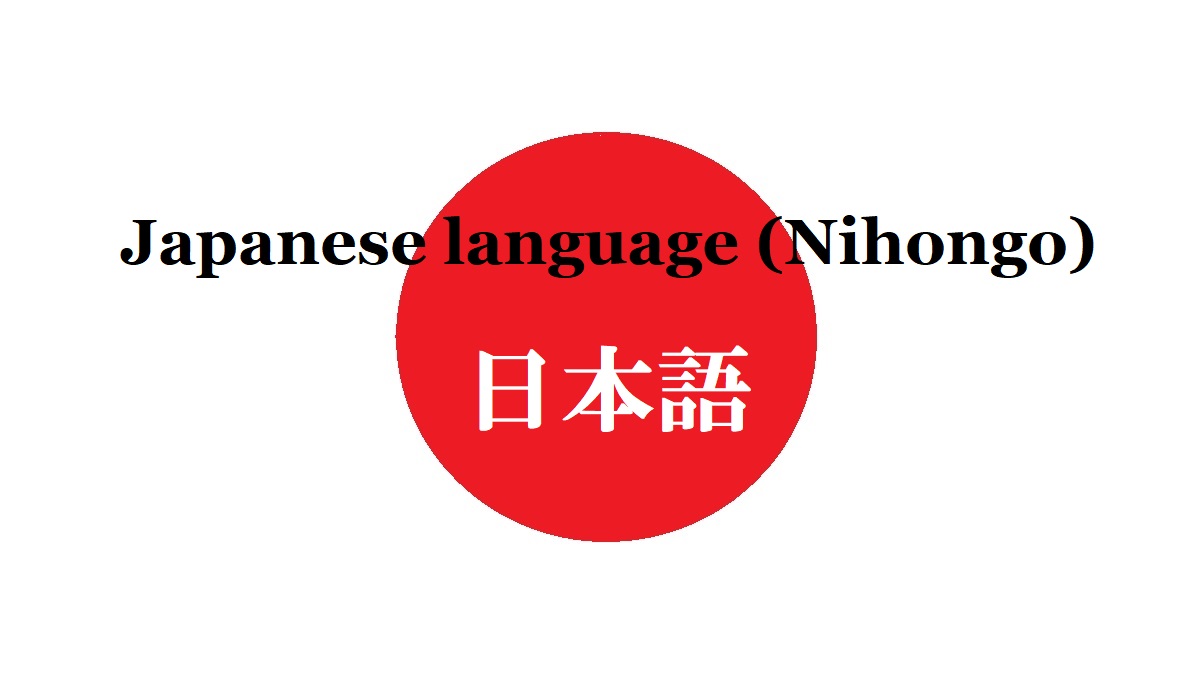[Step.8] Adjective
Two types of adjective
There are two types of adjective in Japanese.
One type is the adjective that the last part is “i”. (I call it “i-type”.)
Another type is the the adjective that the last part is “na”. (I call it “na-type”.)
Each type of the adjective has different inflection.
An adjective is either i-type or na-type, but there is no rule to fix the type.
So you have only to learn each adjective with the type.
But i-type are more than na-type.
[Examples of i-type]
hayai (fast), osoi (slow), takai (high), hikui (low), takai (expensive), yasui (cheap), atsui (hot), samui (cold), oishii (tasty), shiroi (white), kuroi (black), utsukushii (beautiful)
("Takai" has the both meaning of "high" and "expensive".)
[Examples of na-type]
shizukana (calm), kireina (beautiful, clean), shinsetsuna (kind), genkina (cheer), sukina (like), kiraina (dislike), kantan-na (easy)
("Sukina" and "kiraina" are verbs in English but adjective in Japanese.)
Modification of noun by adjective
Modification of noun by adjective is easy to understand.
In Japanese, adjective as a modifier is put just before noun like English.
And the form of adjective is equal to the base form.
That’s very easy.
high mountain = takai yama
tasty sushi = oishii sushi
beautiful kimono = kireina kimono
kind nurse = shinsetsuna kangoshi
Adjective as complement of sentence
Adjective is put at the part of complement in a sentence to explain the condition or property of the subject.
The pattern of sentence is the following.
You have only to put an adjective at the part of complement.
At that time, you put an adjective in the following way.
- i-type : Base form
- na-type : The form without "na"
The examples are the following.
Shinkansen wa hayai desu.
Ano kimono wa kirei desu.
When they are past sentences, adjectives are changed to past tense.
At that time, the end part is changed to the following.
- i-type : "i" to "katta"
- na-type : "na" to "datta"
These are the form that auxiliary verb of past tense "ta" is connected after the adjective.
Shinkansen wa hayakatta desu.
Ano kimono wa kireidatta desu.
As negative sentence, above pattern is used.
At that time, the end part is changed to the following.
- i-type : "i" to "ku", and "de" in the verb group is omitted
- na-type : "na" is omitted
In this case, the usage is a little difficult.
Basu wa hayaku wa ari masen.
Ano kimono wa kirei de wa ari masen.
Adjective as adverb
By changing the end part of adjective, it becomes an adverb.
- i-type : "i" to "ku"
- na-type : "na" to "ni"
Kare wa hayaku hashiri masu.
Watashi wa shizukani hon o yomi masu.
Using adjective with a verb meaning change
For example, the sentence "It becomes cold." shows the changing of the adjective.
In Japanese, the verb "naru" is the same as the word "become".
When the auxiliary verb of politeness "masu" is connectd, the verb group becomes "nari masu".
The adverb changed from an adjective like above is put before the verb group, above sentence is made.
Kyôto wa samuku nari masu.
Kanojo wa kono kimono de kireini nari masu.
Japanese adjective doesn't have the comparative
Japanese adjective doesn't have the comparative.
Therefore, when such expression is needed, the followings are often used.
- motto = more
- mottomo = most
- ichiban = the top of all
- (noun) + yori / yorimo = than (noun)
- (noun) + no naka de / no uchi de = among (noun)
Kono kamera wa are yorimo takai desu.
Watashi wa motto oishii sushi o tabe tai desu.
Fujisan wa Nihon de ichiban takai yama desu.


